14 Legendary Concerts Everyone Wishes They Could Have Attended
Some concerts become more than just live shows—they turn into moments that define music history. From Woodstock to Live Aid, these events left crowds amazed and cemented the legacy of the artists on stage. Here are some of the legendary concerts that fans still wish they could have witnessed in person.
This post may contain affiliate links, which helps keep this content free. Please read our disclosure for more info.
Woodstock Festival (1969, Bethel, NY)
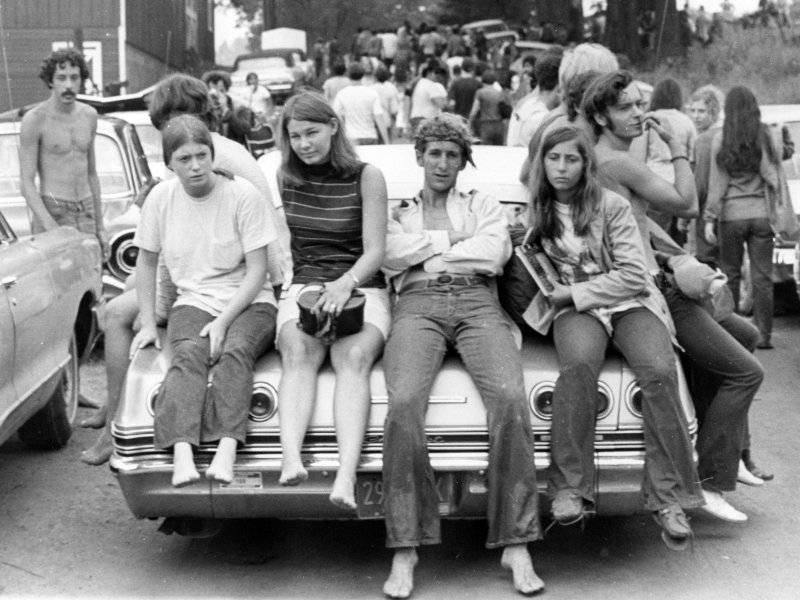
Woodstock wasn’t just a concert—it was a cultural turning point. With more than 400,000 people gathering on a New York farm, the festival became a symbol of peace, music, and rebellion. Performances by artists like Jimi Hendrix, Janis Joplin, and The Who pushed the boundaries of live music at the time.
What makes Woodstock unforgettable is the way it captured the spirit of an entire generation. Despite muddy conditions, food shortages, and logistical chaos, the audience embraced the moment. To this day, it stands as the most famous music festival in history, remembered for its mix of chaos and beauty.
The Beatles at Shea Stadium (1965, New York City)
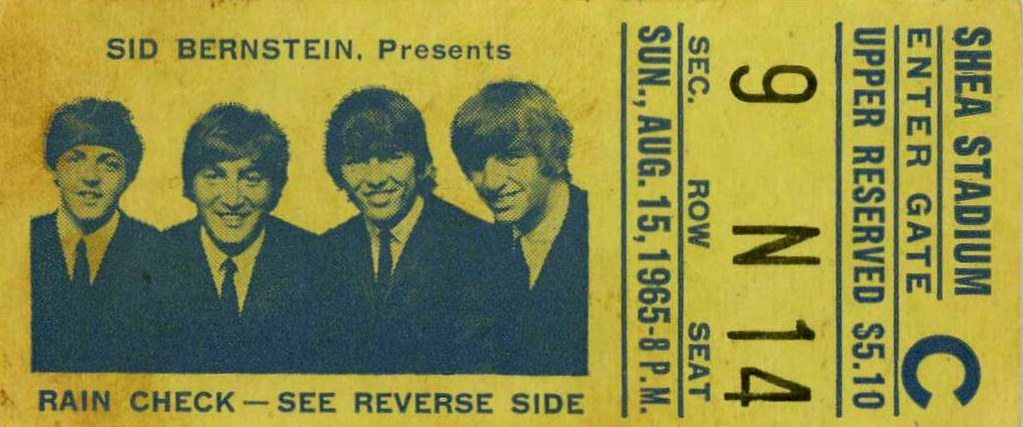
When The Beatles stepped onto Shea Stadium’s stage, they changed the scale of live music forever. With more than 55,000 fans screaming so loudly the band could barely hear themselves, the show set the standard for stadium concerts. It was a moment that revealed just how massive Beatlemania had become.
The raw energy of the event showed how music could unite people in ways never seen before. Although the sound system was primitive, none of that mattered to the fans who were swept up in the excitement. The Beatles proved rock could fill arenas, paving the way for the stadium shows that followed.
Queen at Live Aid (1985, Wembley Stadium, London)
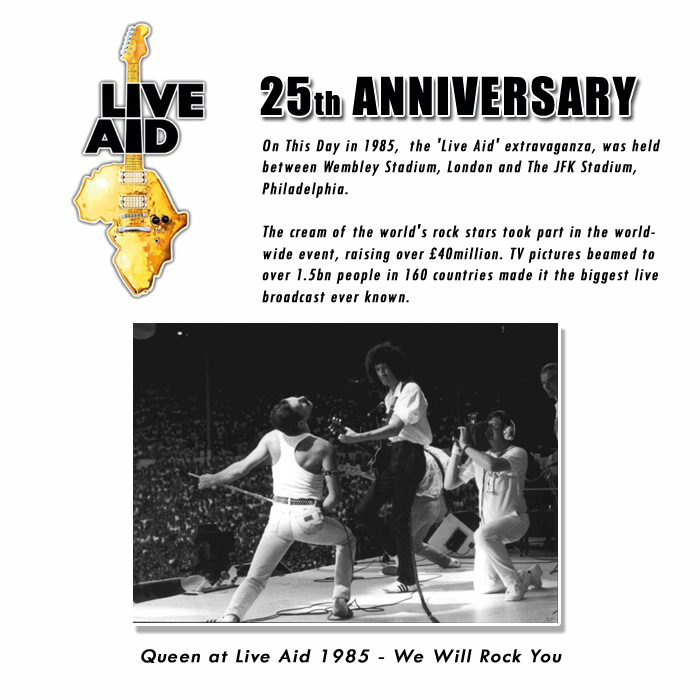
Freddie Mercury’s performance at Live Aid is often considered the pinnacle of rock showmanship. In just 20 minutes, Queen delivered a flawless set that included “Bohemian Rhapsody,” “Radio Ga Ga,” and “We Will Rock You.” Mercury had the crowd of 72,000 singing in unison as if they were part of the band.
That day, Queen didn’t just play music—they reminded the world of the unifying power of live performance. Even artists who shared the stage later admitted Queen stole the show. Watching the performance now still feels electric, proving its lasting influence on live music history.
Nirvana at Reading Festival (1992, England)
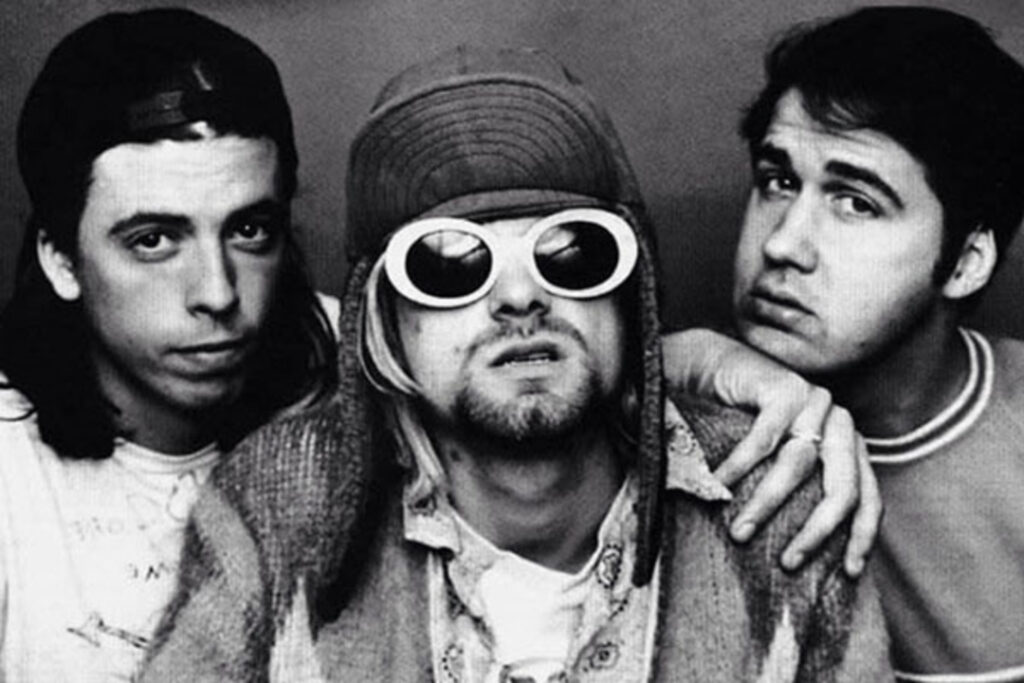
Nirvana’s headlining set at Reading was a defining moment for grunge. Kurt Cobain arrived onstage in a hospital gown as a jab at rumors about his health, then launched into a blistering set that shook the festival grounds. The energy was raw, chaotic, and unforgettable.
Fans and critics alike often point to this show as Nirvana’s greatest performance. Every note carried the restless spirit of the early ’90s alternative scene. For those who missed it, the recording stands as a powerful reminder of what Nirvana represented at their peak.
Elvis Presley’s ’68 Comeback Special (1968, Burbank, CA)
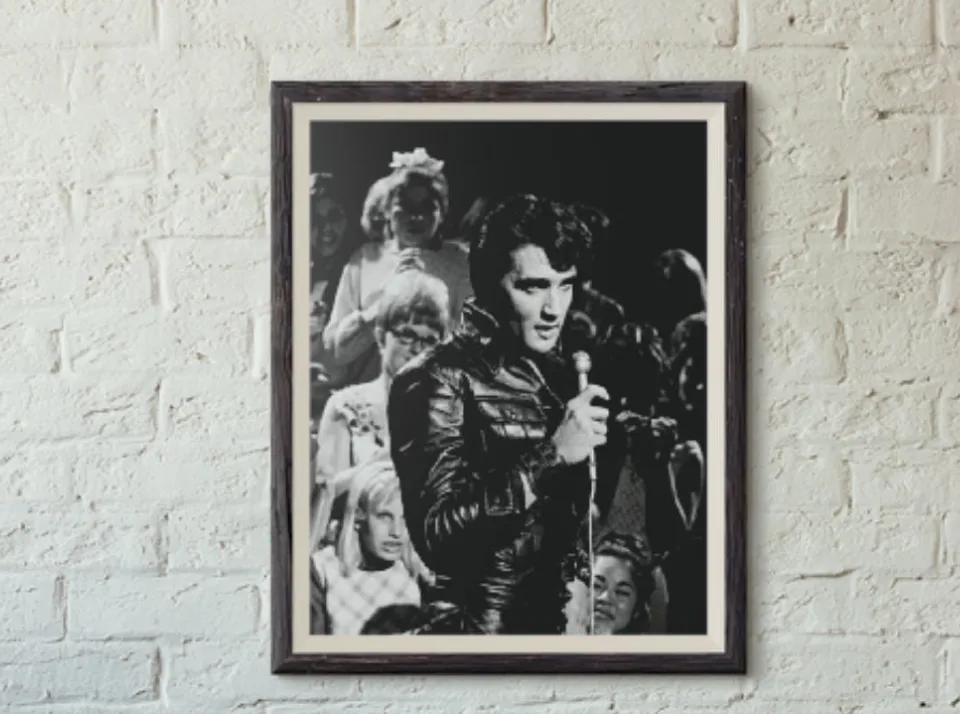
After years away from the spotlight, Elvis returned with a small, intimate TV concert that reignited his career. Dressed in black leather, he looked confident and performed with the same spark that first made him famous. The setlist combined early hits with passionate new renditions.
The performance felt personal, almost as if Elvis was singing directly to each viewer. It reminded audiences why he was called the King of Rock ’n’ Roll. The ’68 special remains one of his most celebrated live moments and marked the start of his triumphant late career.
Pink Floyd at Pompeii (1972, Italy)
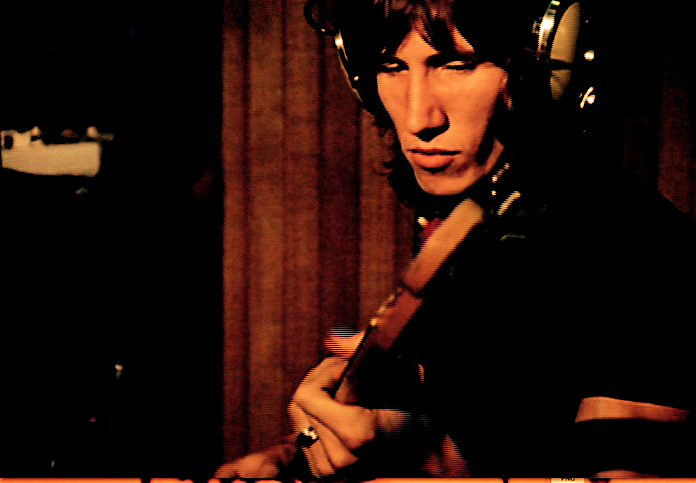
Unlike most concerts, Pink Floyd’s Pompeii performance was filmed in the ruins of an ancient Roman amphitheater. With no live audience, the focus was entirely on the band’s hypnotic music. The unique setting created an atmosphere unlike any other live show.
The haunting visuals of the amphitheater combined with Pink Floyd’s psychedelic sound made the event legendary. Songs like “Echoes” gained new depth when performed in such an eerie, timeless space. The film has since become a favorite for fans who see it as the band at their most experimental.
Bob Dylan Goes Electric at Newport Folk Festival (1965, Rhode Island)
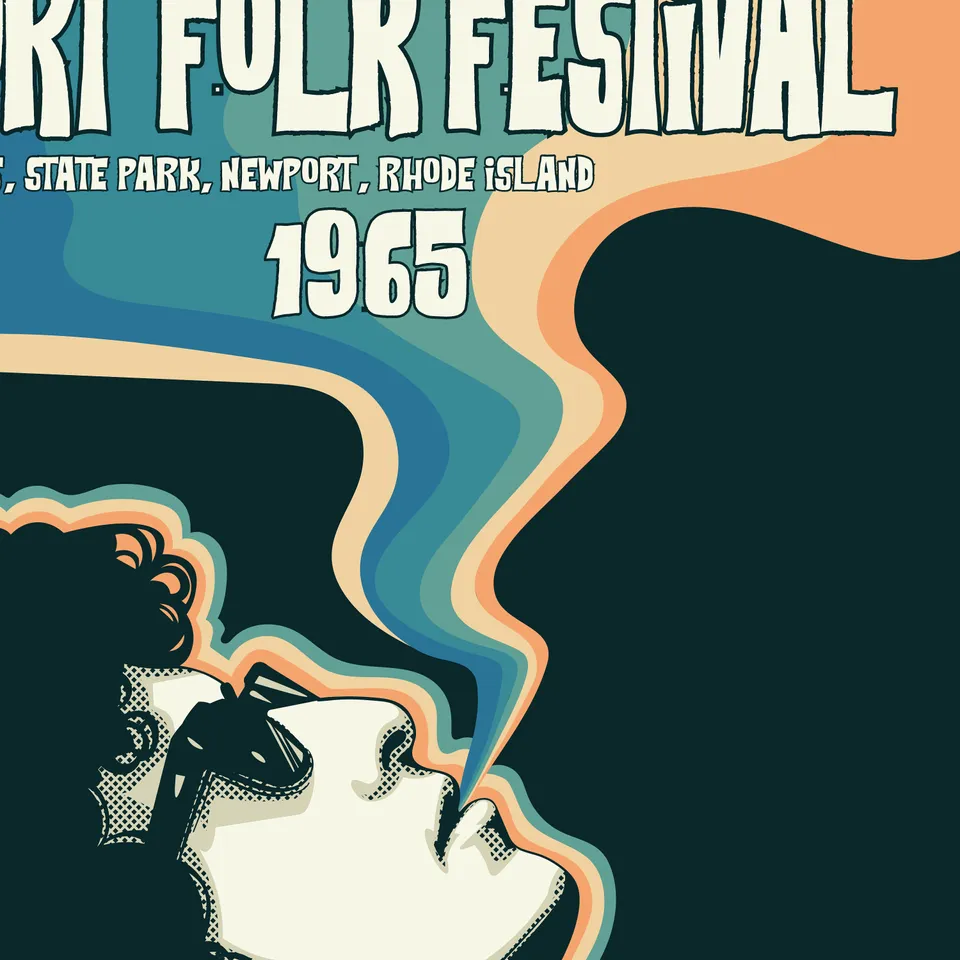
When Dylan plugged in his electric guitar at Newport, the folk community erupted in shock. Booing and controversy followed as he played a raucous version of “Maggie’s Farm.” To many, it was the moment folk and rock collided.
Though criticized at the time, the performance proved to be groundbreaking. Dylan wasn’t afraid to challenge expectations, and in doing so, he reshaped modern music. Looking back, it’s hard to imagine rock history without that bold decision.
The Rolling Stones at Altamont Speedway (1969, California)
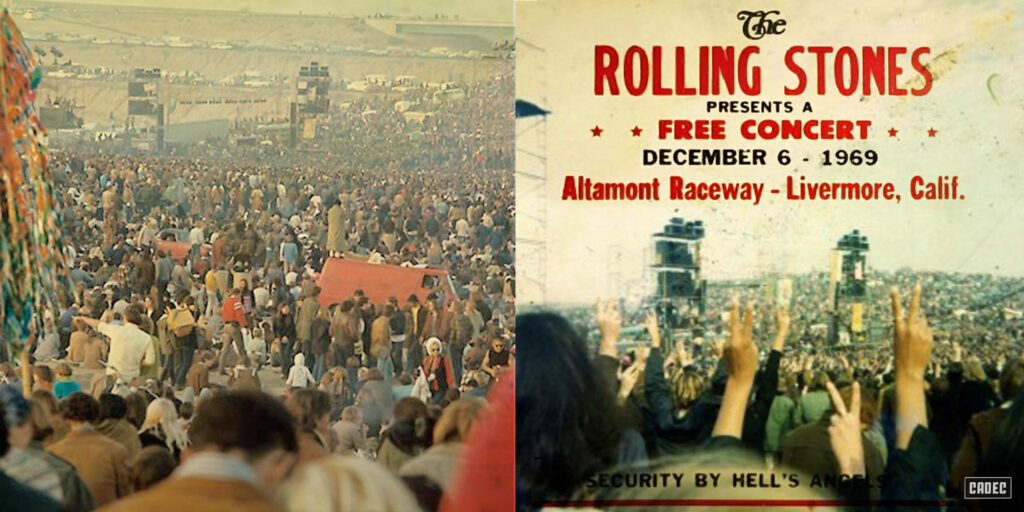
Altamont was supposed to be the West Coast’s answer to Woodstock, but it became infamous instead. The Stones played to a massive crowd while chaos unfolded, with violence erupting near the stage. Tragically, one audience member lost their life, forever marking the event.
Despite the dark reputation, the concert is remembered for capturing the shifting mood of the late ’60s. The Stones’ performance itself was fiery, yet overshadowed by what happened around it. The event now serves as a cautionary tale about the unpredictable nature of large-scale festivals.
Led Zeppelin at Madison Square Garden (1973, New York City)
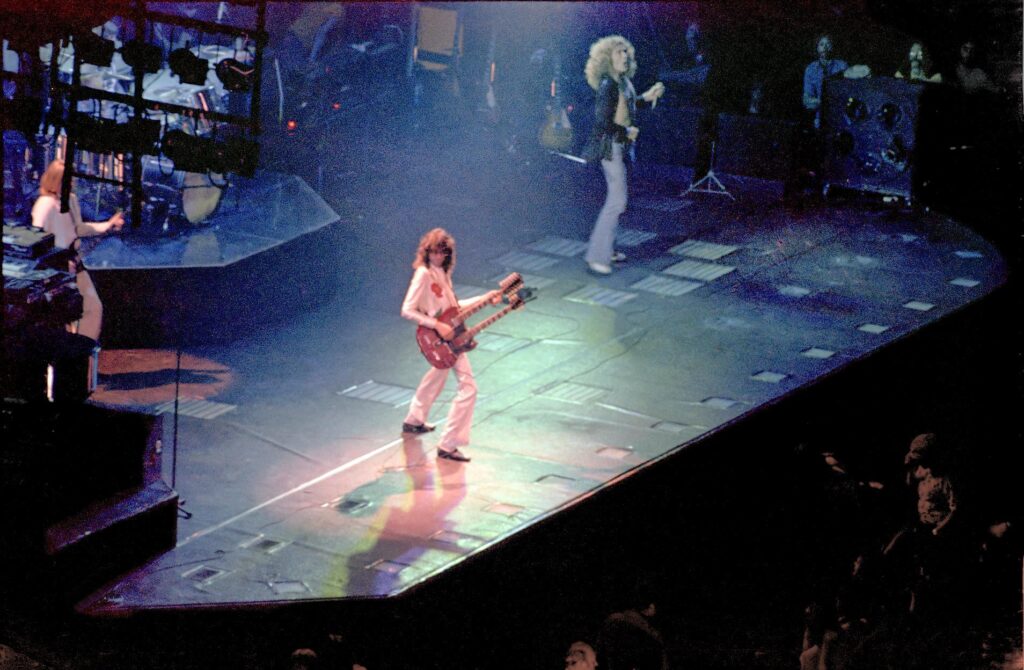
Led Zeppelin’s three-night run at Madison Square Garden was captured in the film The Song Remains the Same. The shows showcased the band’s raw energy, with extended jams that highlighted their musical power. Fans packed the arena to witness rock’s biggest act at the height of their fame.
For Zeppelin, these concerts cemented their reputation as masters of live performance. Songs like “Stairway to Heaven” and “Dazed and Confused” stretched far beyond their studio versions. Watching the film today still gives a sense of what it felt like to be there.
David Bowie as Ziggy Stardust’s Farewell (1973, Hammersmith Odeon, London)
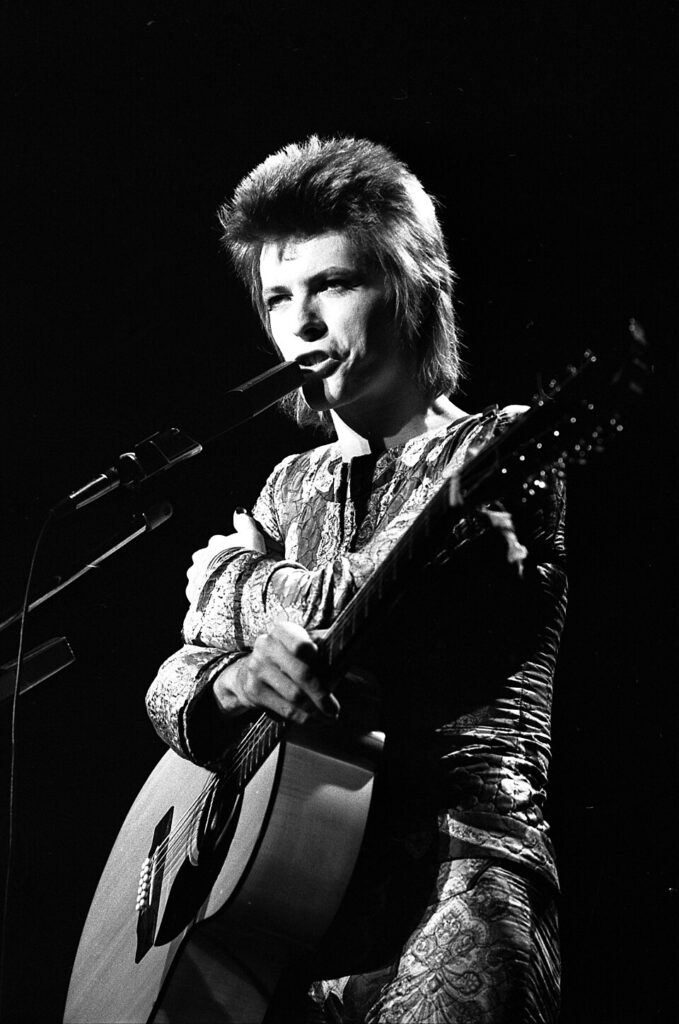
When Bowie announced Ziggy Stardust’s “retirement” mid-show, the audience was stunned. Fans thought he was quitting music entirely, but in reality, he was closing a chapter. The concert itself was theatrical, filled with glam rock energy and striking visuals.
The moment became one of Bowie’s most famous reinventions. He proved that music could be performance art, constantly evolving and surprising audiences. The Hammersmith show remains a landmark in Bowie’s career and in live rock theatrics.
Prince’s Super Bowl Halftime Show (2007, Miami, FL)
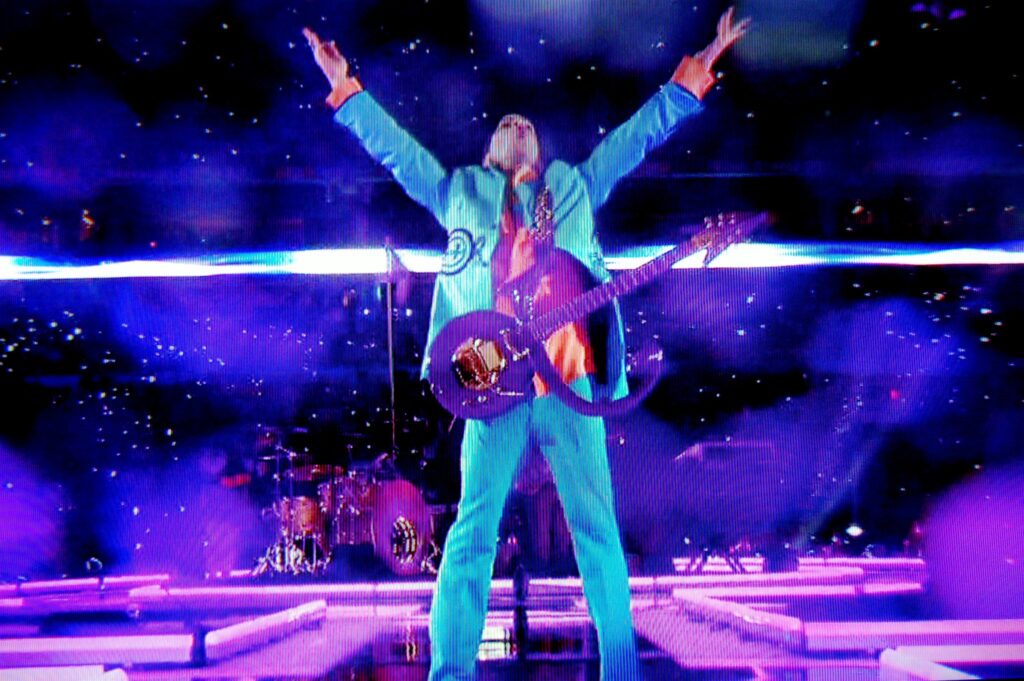
Rain poured down as Prince stepped onto the Super Bowl stage. Instead of letting the storm ruin the night, he embraced it, delivering a legendary performance. When he played “Purple Rain” in the pouring rain, the moment became instantly iconic.
His set blended covers and hits, from “Let’s Go Crazy” to “All Along the Watchtower.” Millions watching at home saw a master performer turn adversity into art. Even today, it’s remembered as the greatest Super Bowl halftime show ever.
Jimi Hendrix at Monterey Pop Festival (1967, California)
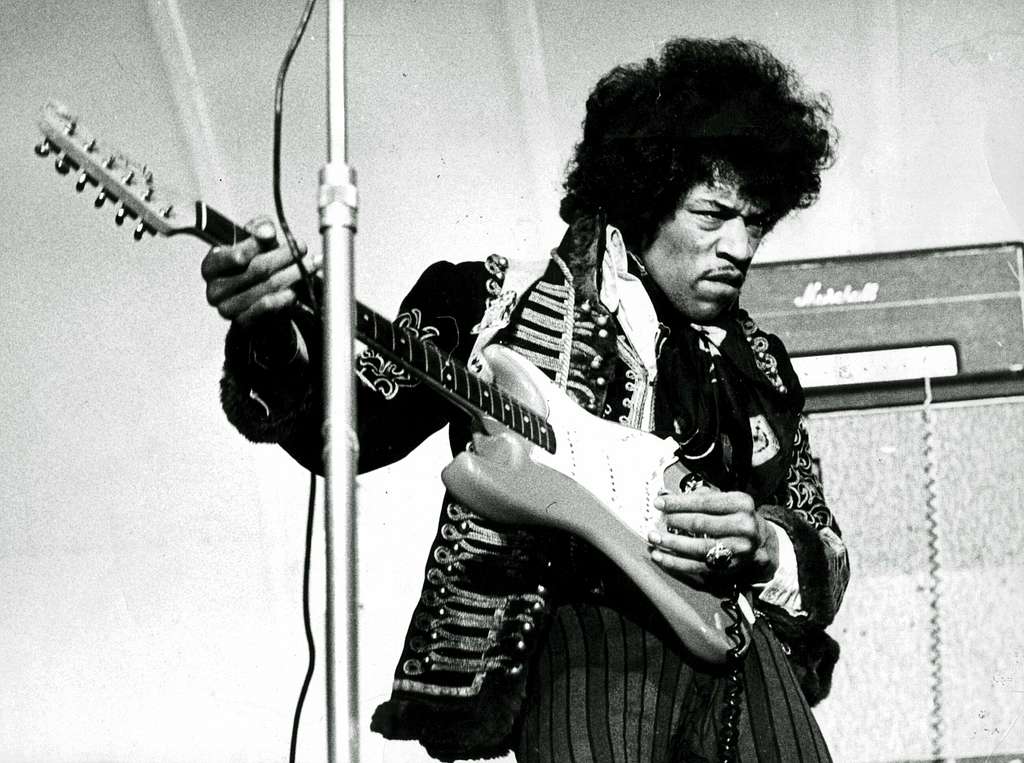
Hendrix stunned the Monterey crowd with guitar theatrics they’d never seen before. His playing was wild, electrifying, and unmatched. When he set his guitar on fire at the end, the crowd knew they were witnessing history.
That performance announced Hendrix as a new force in rock. It wasn’t just about the flames but the sheer passion he poured into every note. Monterey remains the show that made Hendrix a legend overnight.
Michael Jackson’s Motown 25 Performance (1983, Pasadena, CA)
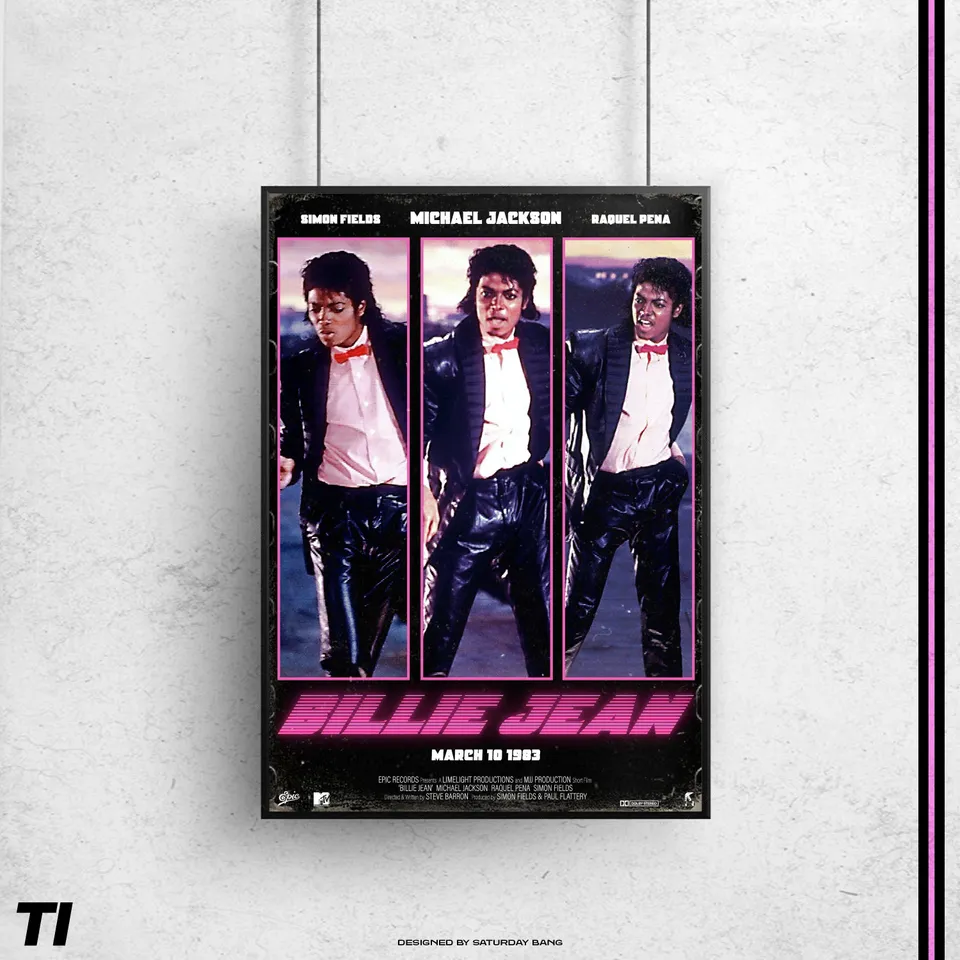
When Michael Jackson moonwalked across the stage during “Billie Jean,” pop culture changed forever. The performance introduced the world to a dance move that became his signature. His voice, his moves, and his style all combined for an unforgettable moment.
The show wasn’t just about a single dance step—it was a showcase of Jackson’s star power. Millions watching at home saw the future of pop music unfold in real time. To this day, it’s considered one of the most iconic live TV performances ever.
Daft Punk at Coachella (2006, California)
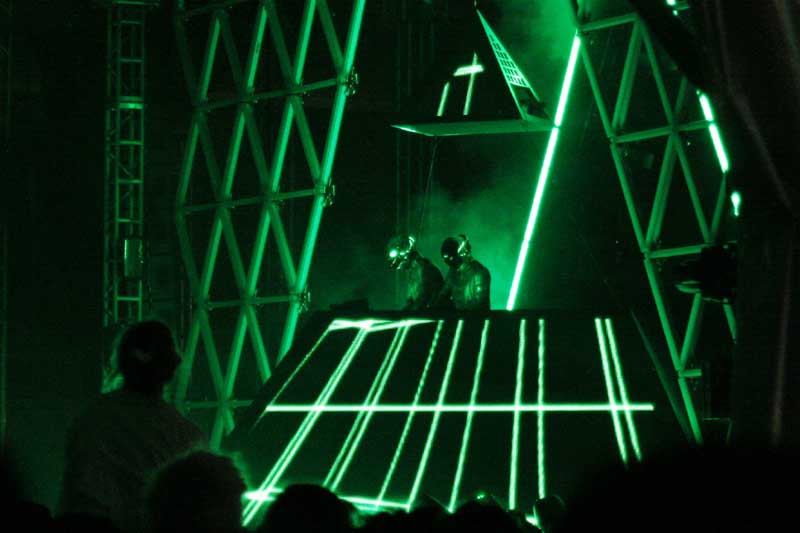
Daft Punk redefined what an electronic music show could be at Coachella. Their pyramid stage setup, combined with lights and visuals, stunned festival-goers. The setlist pulled from their biggest hits and left the crowd in awe.
Many credit this performance with kicking off the modern era of EDM festivals. Fans still talk about it as if it were a once-in-a-lifetime experience. The pyramid show remains a benchmark for electronic music concerts.
This article originally appeared on Avocadu.
